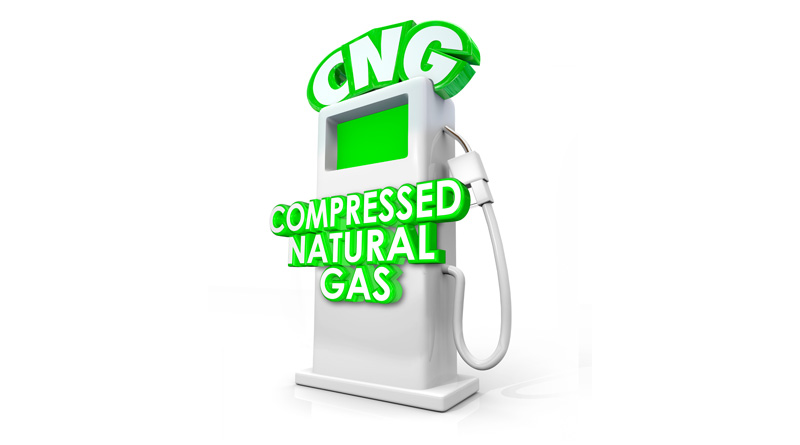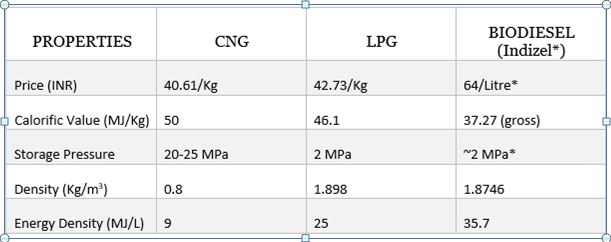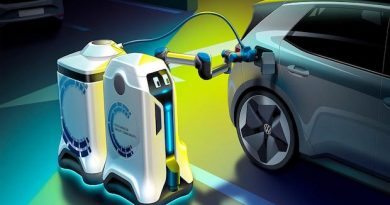Will CNG survive the electric revolution?

In India, right from the time when the courts mandated a shift to CNG in the capital, back in 1999, to combat rising pollution, the fuel has acquired a halo of being non-polluting and eco-friendly. That led to the government mandating an all CNG taxi fleet in Delhi for instance, even as the city’s shrinking bus fleet is also 100% CNG powered. Unfortunately, at best, CNG has merit when compared to diesel, or other crude oil derived fuels. In a standoff with electric powered vehicles, especially if the electricity is coming from a renewable source, CNG will lose. And lose badly at that, thanks to its better understood role as a contributor to the dreaded PM2.5 level pollution. That is one reason no other country has quite warmed up to this fuel, still enjoying the status of a panacea for vehicular pollution in India.
For experts today, it is just a halfway point between crude oils and renewable powered electric vehicles.
But, while renewable sourced electric remains the cleanest and most viable solution, is CNG an ideal stepping stone while we crawl to an EV future? Categorically, CNG cars are better than the conventional gasoline driven cars, with emissions as much as 25-50% lower than normal cars.

We compared a few basic properties across fuels which might take the baton from Oil. Comparing CNG with its competitors in LPG and the up and coming Biofuels (for which we focused on Indizel by MyEcoEnergy, read the report).
While comparing prices, CNG and LPG today cost almost the same while biodiesel costs almost 50 percent more than its competitors. All three of which are substantially lower than the rates for conventional fuels in the present market, thanks to low production costs and heavy tax incentives, CNG costs drivers up to 50 percent less than normal while being comparably cleaner.
The numbers in the table point to a fuel which has the lowest energy density this meaning that for every unit of fuel burnt it produces the least amount of energy, thus burning through a full tank faster. A fuel which is lighter than its competitors meaning in situations with leaks it would easily dissipate into the atmosphere since it’s lighter than air, while the others are vulnerable to accidents in situations with leaks but only in the most extreme conditions. Due to the gaseous state and being compressed, the fuel storage is under approximately 10 times more pressure meaning a larger tank to store the equal amount of fuel. All this, for a fuel that’s cleaner than gasoline but how clean, is it?
The growth of cab aggregators like Uber and Ola has seen the rise of yellow plates across the country with the capital at the forefront of it. Millions of CNG cabs have taken over the city, but running on a fuel that’s supposed to be cleaner the city’s air quality is anything but improving (Witnessed by the PM 2.5 ratings over the last year). Raising the flag on CNG. Even though it’s cleaner than normal, it’s still polluting the environment.
With the intent of the government primarily on electric vehicles, with policies in the discussion phase under the FAME scheme but yet too far to be readily accepted by the consumers and manufacturers. Market leader Maruti- has indicated that they’re keener to develop and try out CNG based vehicles and hybrids before all electric. The market which earlier got a shock when a minister announced a target of 2030 to be an all EV market, saw the targets set being rubbished inside the first week. Yet, with new and acceptable terms and policies being formed more and more manufacturers are looking to adapt, with giants like Mahindra and Tata leading the charge.
And while it may seem like a viable stepping stone, and it may very well serve the purpose until we can adopt electric. The transition period from oil to electric needs to be as small as possible.
copyright:imarenew.com




